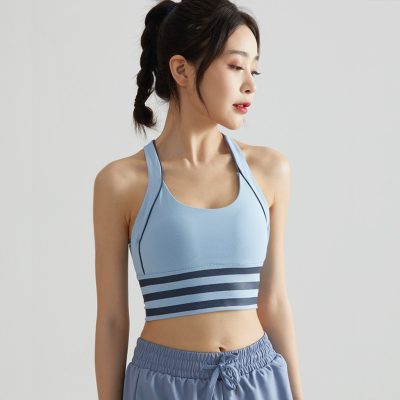The psychology of socks might seem like a trivial topic, but it actually encompasses various aspects of human behavior, self-expression, and social signaling. Here’s a deeper look into the psychological elements related to socks:
### 1. **Self-Expression and Identity**
– **Color and Pattern Choices**: The socks a person chooses can reflect their personality, mood, and individuality. Bold colors and quirky patterns might indicate a playful or creative personality, while more subdued choices might suggest a preference for tradition or professionalism.
– **Trends and Fashions**: Following sock trends can be a way for individuals to feel connected to current cultural movements or fashion statements.
### 2. **Comfort and Well-being**
– **Physical Comfort**: Wearing socks that are comfortable and appropriate for the activity (e.g., athletic socks for sports, warm socks for winter) can enhance physical well-being and prevent discomfort, which in turn can affect mood and productivity.
– **Psychological Comfort**: There is also a psychological comfort in wearing socks that feel good or are associated with positive experiences or memories.
### 3. **Social Signaling**
– **Professionalism**: In many workplaces, the choice of socks can be a subtle indicator of professionalism. For instance, wearing black or navy socks with a business suit is often seen as standard.
– **Rebellion or Conformity**: Wearing unconventional socks in a formal setting can be a mild form of rebellion or a way to express individuality within a conformist environment.
### 4. **Cultural Significance**
– **Cultural Norms**: Different cultures have varying norms regarding socks. For instance, in some cultures, it is customary to remove shoes and wear socks indoors, which influences the types of socks worn.
– **Symbolic Meanings**: Socks can also have symbolic meanings in certain contexts. For example, giving socks as a gift in some cultures can symbolize warmth and care.
### 5. **Ritual and Routine**
– **Daily Rituals**: The act of putting on socks is part of many people’s daily routines, which can have a grounding and stabilizing effect. This routine can provide a sense of normalcy and order.
– **Lucky Socks**: Some individuals have “lucky socks” that they wear for important events or activities, believing that these socks bring good fortune.
### 6. **Psychological Theories**
– **Cognitive Dissonance**: Wearing socks that don’t match or clash with an outfit might cause a sense of cognitive dissonance, where there is a conflict between one’s actions and beliefs, potentially leading to discomfort or stress.
– **Conditioning and Habits**: Over time, individuals can develop strong habits or preferences for certain types of socks due to conditioning, where positive or negative experiences influence future choices.
Conclusion
Socks, though often overlooked, play a multifaceted role in our daily lives. They serve as a medium for self-expression, provide comfort, convey social signals, and hold cultural and psychological significance. The choices we make regarding socks can reveal a lot about our personalities, preferences, and even our current state of mind.






